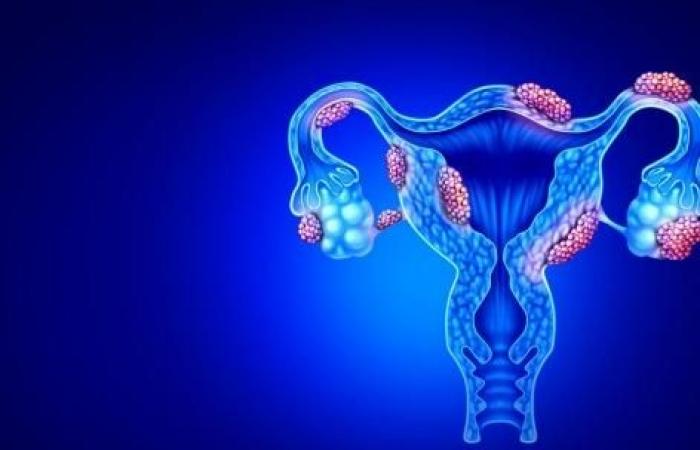THE ESSENTIAL
- Endometriosis is a chronic inflammatory disease linked to the presence of endometrial tissue outside the uterus.
- American scientists have discovered that lesions and pain are linked to a communication pathway between the immune system and neurons.
- In mice, treatment made it possible to reduce them.
At least one in ten women are affected by endometriosis in France. This chronic inflammatory disease is caused by the growth of endometrial tissue outside the uterus. Treatments exist but they can cause side effects. For this reason, scientists are looking for new methods to treat the disease. In Science Translational Medicinea team from Harvard University and Boston Children’s Hospital explains that they have discovered a communication pathway between the immune system and neurons, involved in the appearance of endometriosis lesions and pain.
A study on mice to better understand endometriosis
These specialists used laboratory mice to carry out their work. Using samples from eight endometriosis patients and a mouse model of the disease, they discovered that both human and mouse endometriosis lesions contain CGRP (gene-related peptide) and its coreceptor peptide RAMP1. These may shape immunity through neuroimmune communication, according to the authors. They are released by structures called nociceptors.
Endometriosis pain and lesions: the links between immune system and neurons
First, the authors measured the mice’s abdominal pain threshold. The researchers then induced endometriosis in the rodents and continued to assess their pain levels each week. “The team reduced the activity of nociceptors (nerve cells responsible for detecting pain) using genetic techniques and chemical treatmentsspecify the authors in a press release. (…) This led to decreased pain behaviors and smaller lesions, suggesting that active nociceptors contribute to disease progression.”
Other experiments have shown that the lesions directly stimulate the nerves. When these are activated, this releases CGRP, and the process can modify the macrophages by “pro-endometriosis phenotype”. “These CGRP-stimulated macrophages exhibited impaired efferocytosis (the immune process of eliminating dead cells) and promoted increased endometrial cell growth in a RAMP1-dependent manner, conclude the authors. This suggests that CGRP signaling via RAMP1 on macrophages plays a crucial role in lesion growth and pain associated with endometriosis.”
Endometriosis: a treatment option using already authorized medications
The authors tested a treatment capable of blocking the CGRP-RAMP1 signaling pathway, already approved by American health authorities. In a mouse trial, this anti-migraine drug helped reduce pain and the size of lesions. However, scientists point out that future, more in-depth studies will be necessary to test the effectiveness of these therapies in the long term.
Health






